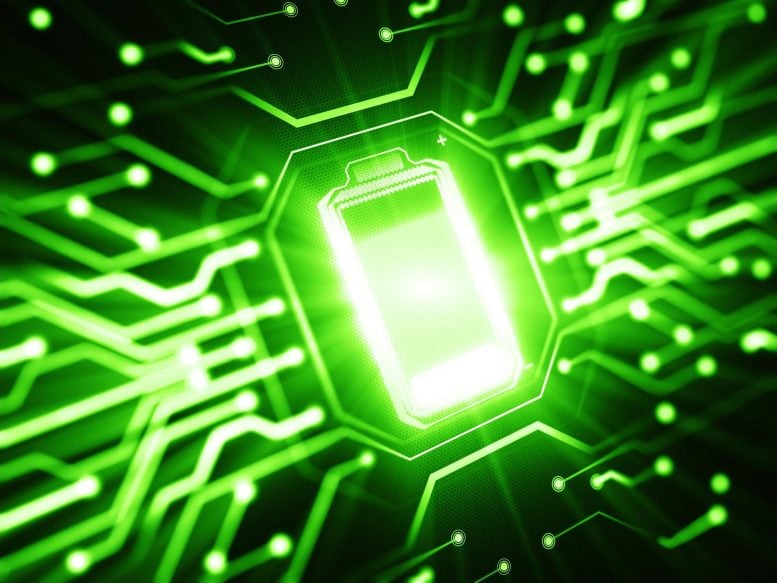Ad
 DGIST researchers created a safer, more durable lithium metal battery with a triple-layer electrolyte, ideal for diverse applications from EVs to energy storage.
DGIST researchers created a safer, more durable lithium metal battery with a triple-layer electrolyte, ideal for diverse applications from EVs to energy storage.
DGIST’s triple-layer solid polymer electrolyte battery improves safety, efficiency, and durability, addressing dendrite issues while retaining 87.9% performance after 1,000 cycles. It holds promise for diverse applications, including electric vehicles and energy storage systems.
A research team from DGIST’s Division of Energy & Environmental Technology, led by Principal Researcher Kim Jae-hyun, has developed a lithium metal battery using a “triple-layer solid polymer electrolyte.” This innovation significantly improves fire safety while extending the battery’s lifespan, making it a promising solution for applications in electric vehicles and large-scale energy storage systems.
Conventional solid polymer electrolyte batteries face challenges due to structural limitations that impede optimal contact between electrodes. These limitations fail to address the issue of “dendrites”—tree-like lithium formations that occur during repeated charging and discharging cycles. Dendrites pose a critical safety risk, as their irregular growth can damage battery connections and lead to fires or explosions.
Triple-Layer Solid Polymer Electrolyte: A Game-Changer
The research team, therefore, developed a triple-layer structure for the electrolyte to address such issues. Each layer serves a distinct function, significantly enhancing the battery’s safety and efficiency. This electrolyte incorporates “decabromodiphenyl ethane (DBDPE)” to prevent fires, “zeolite” to enhance the electrolyte’s strength, and a high concentration of a lithium salt, “lithium bis (trifluoromethanesulfonyl) imide) (LiTFSI),” to facilitate a rapid movement of lithium ions.
The triple-layer solid electrolyte features a robust middle layer that boosts the battery’s mechanical strength, while its soft outer surface ensures an excellent electrode contact, facilitating an easy movement of lithium ions. This enables a faster movement of lithium ions, enhancing energy transfer rates and preventing dendrite formation effectively.
Experimental Success and Applications
The experiment showed that the battery developed by the research team retained about 87.9% of its performance after 1,000 charging and discharging cycles, demonstrating a notable improvement in durability compared with traditional batteries, which typically maintain 70–80% of their performance. It can also extinguish itself in a fire, thus significantly reducing the fire risk. This battery is expected to be applicable across various sectors, ranging from small devices like smartphones and wearables to electric vehicles and large-scale energy storage systems.
Dr. Kim stated, “This research is anticipated to make a significant contribution to the commercialization of lithium metal batteries using [solid polymer] electrolytes, while providing enhanced stability and efficiency [to] energy storage devices.”
Reference: “Triple-Layered Noncombustible PEO-Based Solid Electrolyte for Highly Safe Lithium-Metal Batteries” by Heesoo Lim, Munseok S. Chae, Hasan Jamal, Firoz Khan, Injun Jeon, Jongmin Kim and Jae Hyun Kim, 3 November 2024, Small.
DOI: 10.1002/smll.202406200
This study was supported by the Future Materials Discovery Project (led by Professor Lee Jung-ho of Hanyang University) and the Mid-Career Researcher Program (led by Dr. Kim Jae-hyun) of the National Research Foundation of Korea.
Ad

